Finding the right knee pads can significantly impact a player’s performance and safety on the court. Many individuals believe that all volleyball knee pads are the same, but the differences between youth volleyball pads and adult options are crucial. This article will explore the unique features of youth volleyball knee pads, key characteristics of adult options, and how to choose the best volleyball knee pads tailored to specific needs. By engaging with this content, readers will understand the importance of selecting the appropriate knee pad to enhance protection and performance, ensuring players can compete confidently.
Key Takeaways
- Youth volleyball knee pads prioritize lightweight materials for comfort and mobility during play.
- Proper size and fit significantly influence safety and performance for both youth and adult athletes
- Adult knee pads feature thicker padding and durable materials to withstand competitive play.
- Smart knee pads integrate technology for impact monitoring and enhanced player safety.
- Sustainable practices in manufacturing address environmental concerns while providing functional protective gear
Understanding the Unique Features of Youth Volleyball Knee Pads
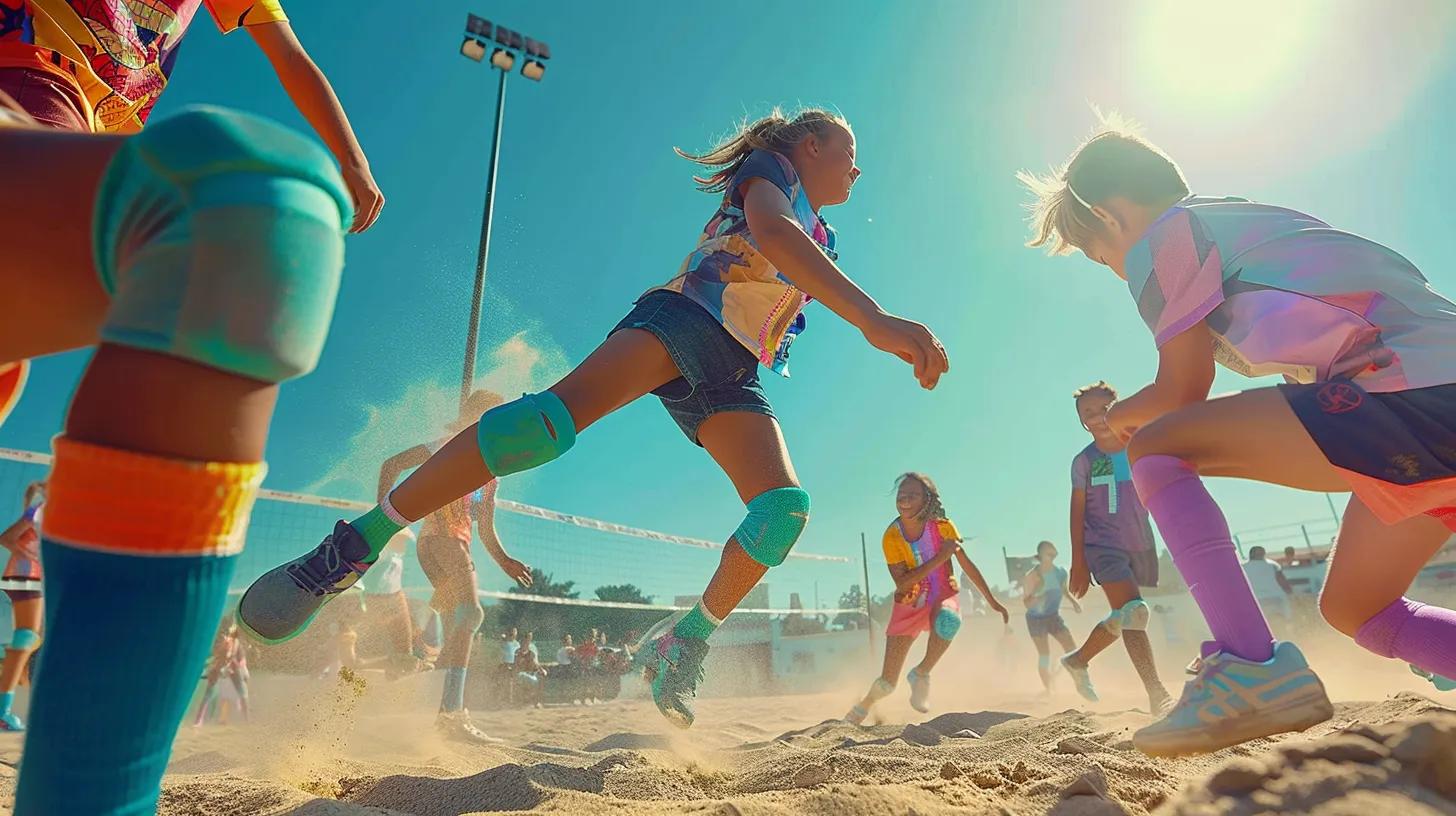
Youth volleyball knee pads feature distinct characteristics tailored to the needs of younger players, making them among the best available volleyball knee pads. This section examines the material composition used in youth models, evaluates the protection levels essential for safety, and emphasizes the importance of proper size and fit. Comfort and mobility factors, which are critical for performance, are also analyzed. Additionally, age-specific design trends highlight how these knee pads cater to the preferences of young athletes.
Examining the Material Composition for Youth Models
Youth volleyball knee pads are specifically designed with materials that prioritize both comfort and protection for younger athletes. Commonly, these knee pads feature a blend of foam and soft fabric that allows for adequate cushioning during impacts while ensuring breathability to keep players comfortable during matches. The lightweight construction also supports mobility, enabling young players to move freely without feeling weighed down, which is essential for their performance on the court:
- Material Composition: A mix of foam and fabric for cushioning and breathability.
- Comfort: Lightweight design promotes mobility and ease of movement.
- Protection: Essential for minimizing injury during gameplay.
Evaluating Protection Levels and Safety Measures for Young Players
When evaluating protection levels in youth volleyball knee pads, safety takes precedence. These knee pads are crafted to offer effective cushioning, reducing the impact from falls and minimizing the risk of injuries common in young athletes. Parents and coaches should look for knee pads with adequate padding and reinforced design to ensure young players can perform safely during practices and matches, ultimately enhancing their overall playing experience.
The Importance of Size and Fit in Youth Knee Pads
The size and fit of youth volleyball knee pads are critical factors that significantly impact a player’s performance and safety. Well-fitted knee pads provide necessary support and protection, allowing young athletes to move freely without restriction. If knee pads are too loose, they can shift during play, reducing their effectiveness at preventing injuries, while those that are too tight may cause discomfort and hinder mobility. Selecting the right size ensures that young players can focus on their game rather than adjusting ill-fitting equipment, thereby enhancing their overall experience on the court.
Analyzing Comfort and Mobility Factors for Youth Volleyball
Comfort and mobility are paramount factors in the design of youth volleyball knee pads, as they significantly influence a young athlete’s performance on the court. These knee pads should incorporate flexible materials that allow for natural movement, enabling players to execute quick lateral movements and sudden stops without restriction. By ensuring that knee pads fit snugly without being overly tight, they can provide the necessary support while enhancing comfort, thus allowing young players to focus solely on honing their skills and competing effectively.
Identifying Age-Specific Design Trends in Youth Knee Pads
Youth volleyball knee pads exhibit design trends that cater specifically to the preferences and needs of younger players. These trends often focus on vibrant colors, graphics, and stylistic elements that appeal to a younger audience, enhancing their enjoyment of the sport. Moreover, the ergonomic designs prioritize lightweight structures and flexibility, ensuring that these knee pads support active play without compromising comfort or mobility:
- Colorful designs and graphics attract younger athletes.
- Lightweight construction enhances mobility during play.
- Ergonomic shapes provide optimal support for active movements.
As youth players grow, their needs change. Next, examine what makes adult volleyball knee pads essential for the serious athlete.
Key Characteristics of Adult Volleyball Knee Pads
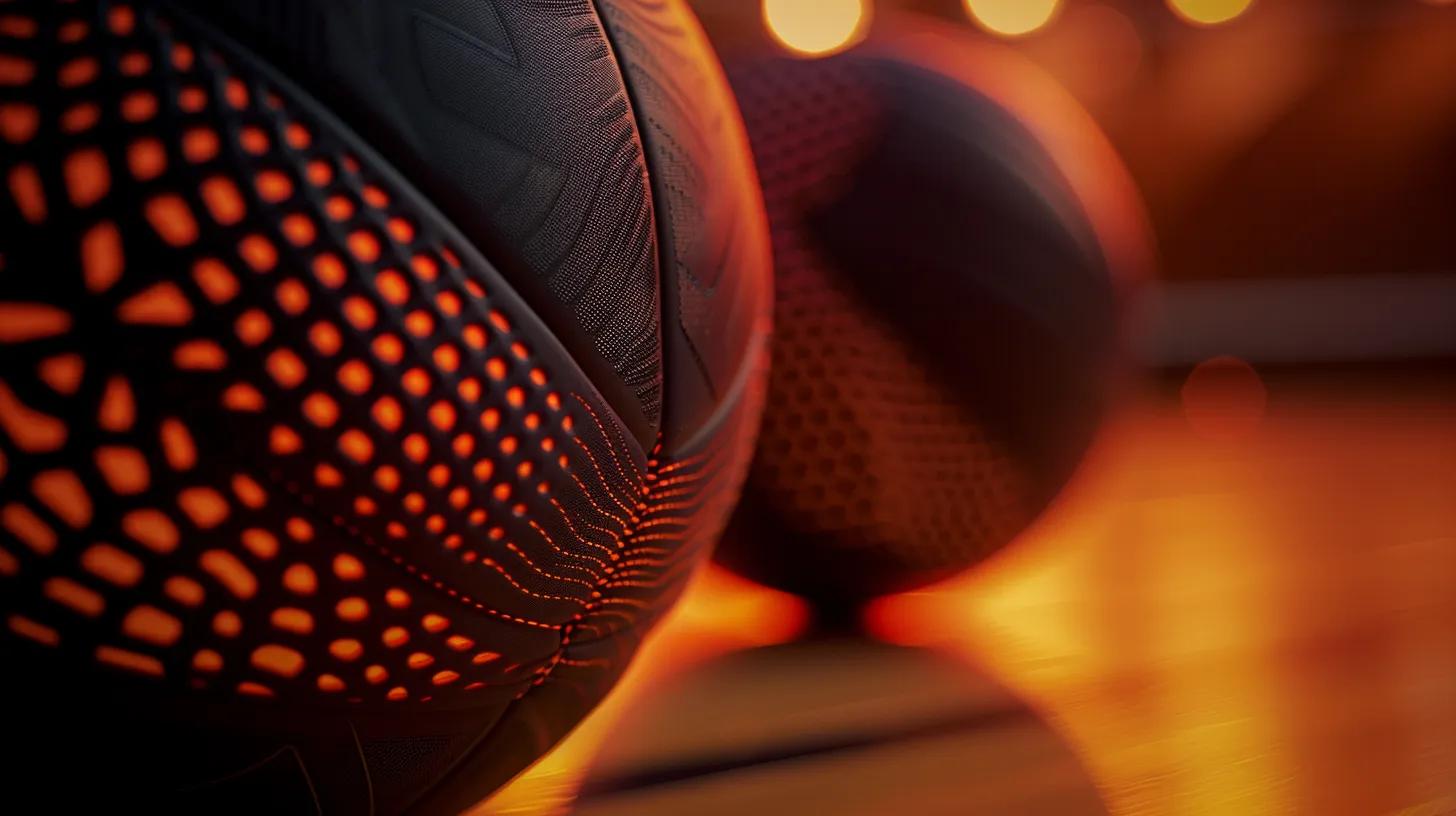
The characteristics of adult volleyball knee pads differ significantly from youth models, addressing the specific needs of adult athletes. This section will examine the material durability in adult models, assess protection and performance standards, and highlight the importance of proper size and fit. Furthermore, comfort features and ergonomic design will be analyzed, alongside current trends in functionality and design for adults.
Overview of Material Durability in Adult Models
Adult volleyball knee pads are typically constructed with durable materials designed to withstand the demanding conditions of competitive play. Unlike youth models, which prioritize lightweight comfort, adult knee pads often incorporate high-quality synthetic fabrics and thicker padding to enhance longevity and provide superior protection during intense matches. This focus on material durability ensures that adult athletes can rely on their knee pads for consistent performance and safety throughout their games.
- Durable materials to endure rigorous play.
- Thicker padding for enhanced protection.
- High-quality fabrics for long-term usage.
Assessing Protection and Performance Standards for Adults
Adult volleyball knee pads are designed with an emphasis on both protection and performance, crucial for the intense physical demands of competitive play. These knee pads typically feature superior padding and reinforced construction that protects the knees from impacts, falls, and direct contact during matches. To maximize safety and effectiveness, athletes should select knee pads that comply with performance standards, ensuring optimal cushioning and durability in high-pressure situations:
| Characteristic | Description |
|---|---|
| Padding Thickness | Thicker padding offers increased impact protection during gameplay. |
| Material Quality | High-quality synthetic fabrics enhance durability and longevity. |
| Reinforced Design | Reinforced knee pads contribute to added safety against injuries. |
The Role of Size and Fit in Adult Knee Pad Selection
In adult volleyball, knee pad selection, size, and fit play a critical role in ensuring both performance and safety on the court. Properly fitting knee pads provide essential support and cushioning, allowing athletes to move naturally without restrictions. If the knee pads are too large, they may shift during play, compromising protection; conversely, excessively tight pads can lead to discomfort and hinder mobility, impacting overall game performance. Understanding individual measurements and trying on different styles can significantly improve the effectiveness of knee pads.
- Correct fit enhances support and cushions impact.
- Pads that are too loose may shift and reduce protection.
- Choosing the right size prevents discomfort and improves play.
Comfort Features and Ergonomics in Adult Models
Comfort features and ergonomic design are vital aspects of adult volleyball knee pads, as they directly influence player performance during matches. High-quality models are often equipped with flexible materials that conform to the body’s natural movements, allowing athletes to maintain agility on the court. An effective knee pad will provide adequate cushioning, ensuring that players can withstand impacts without sacrificing mobility or comfort:
- Flexible materials enhance natural movement.
- Strategic padding offers protection without bulkiness.
- Ergonomic shapes support active play and reduce fatigue.
Trends in Adult Knee Pad Design and Functionality
Current trends in adult volleyball knee pad design prioritize durability and performance, focusing on materials that enhance protection without sacrificing comfort. Manufacturers are increasingly using advanced synthetic fabrics that provide both flexibility and breathability, catering to the demands of competitive athletes. Furthermore, ergonomic designs continue to evolve, ensuring that knee pads conform to the body while offering strategic cushioning to reduce the risk of injuries during intense gameplay:
- Elevated focus on durability to withstand intense conditions.
- Use of advanced synthetic materials for enhanced flexibility.
- Ergonomic shapes are designed for optimal support and reduced injury risk.
Understanding the unique needs of adult players reveals much about their gear. Next, comparing the protection and performance for different age groups will shed light on what truly matters in the game.
Comparing Protection and Performance for Both Age Groups
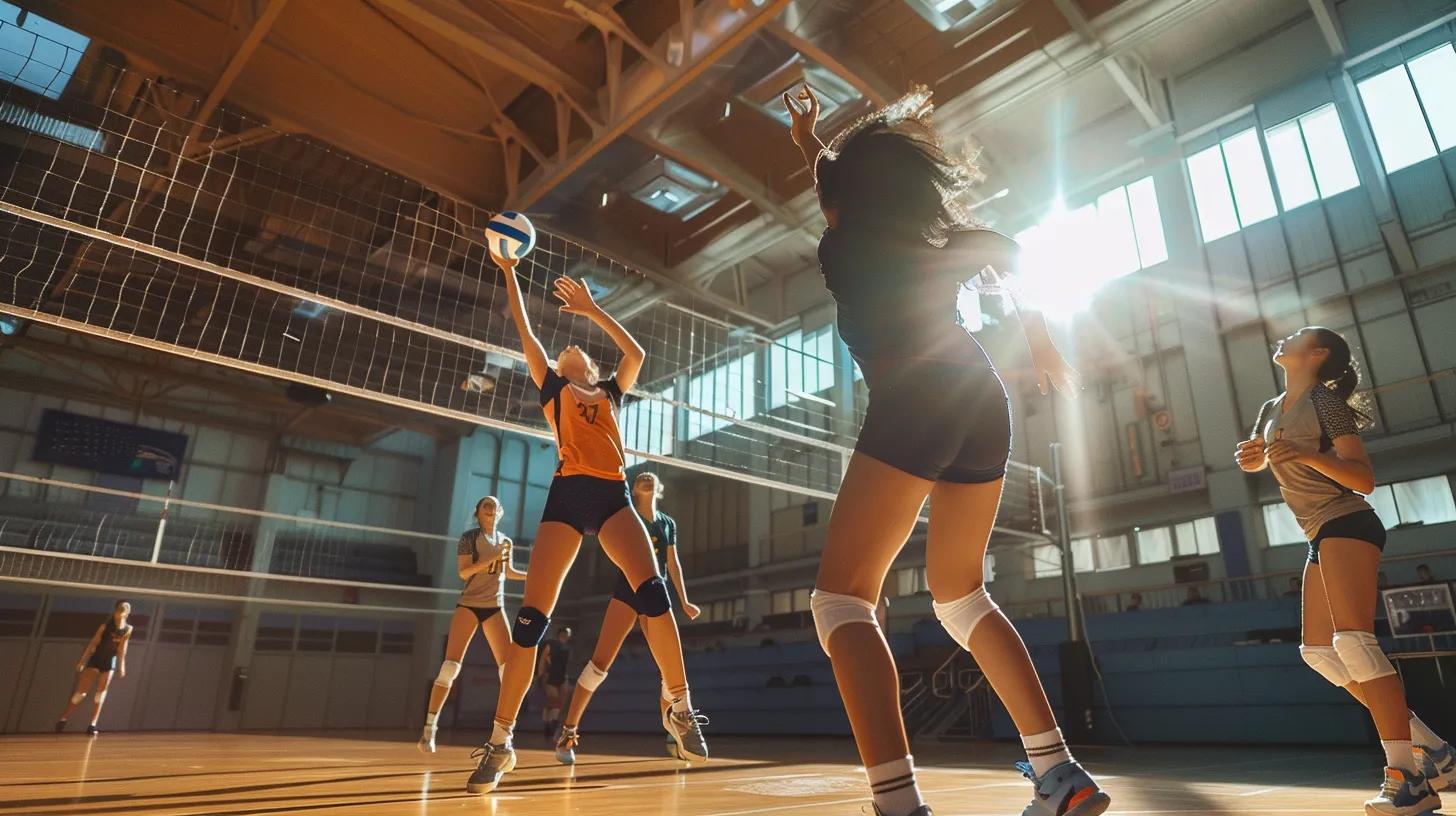
Understanding the distinctions between youth and adult volleyball knee pads involves evaluating various aspects, including impact protection and shock absorption capabilities across models. Design influences player performance differently for youth and adults, while price variations reflect the value offered to each age group. Furthermore, potential risks of using adult pads for youth must be considered, ensuring young athletes are adequately protected.
Understanding the Impact of Differences in Impact Protection
The differences in impact protection between youth and adult volleyball knee pads are significant and directly related to the varying needs of each age group. Youth knee pads are typically designed with lighter padding to accommodate the less intense physical demands faced by young players, while adult models offer thicker and more durable padding to withstand the rigors of competitive play. This distinction ensures that both age groups receive appropriate protection, reducing the likelihood of injuries during practices and matches, while also meeting the specific performance requirements essential for their respective skill levels.
Evaluating Shock Absorption Capabilities Across Models
Shock absorption capabilities differ significantly between youth and adult volleyball knee pads, reflecting the varying physical demands of each age group. Youth models generally utilize softer padding to provide essential cushioning during minor falls and impacts, while adult models incorporate denser materials designed to absorb more significant shock from intense play. Understanding these differences is crucial for athletes, as selecting the appropriate knee pads ensures optimal protection and performance tailored to their skill level and competitive environment.
How Design Influences Player Performance for Youth vs. Adults
The design of volleyball knee pads significantly impacts player performance, reflecting the different physical requirements between youth and adult athletes. Youth knee pads often emphasize lightweight materials and flexibility, allowing younger players to move swiftly and execute dynamic movements on the court without feeling encumbered. In contrast, adult knee pads are engineered with advanced padding and thicker materials to provide enhanced protection during intense play, ensuring athletes can perform confidently without the fear of injury. Ultimately, the tailored design for each age group facilitates optimal mobility and safety, addressing the unique challenges faced by players at various stages of their development.
Price Variations and Value for Youth and Adult Knee Pads
The price of youth and adult volleyball knee pads reflects the differences in construction, material quality, and intended use. Youth models tend to be more affordable, made with lighter materials that prioritize comfort and flexibility for developing players. In contrast, adult knee pads often feature advanced padding and durable fabrics, which increases their cost but offers enhanced protection and longevity suitable for competitive play. Ultimately, investing in the appropriate knee pads tailored to specific age groups ensures that athletes receive the best value for their performance and safety needs on the court.
Identifying Potential Risks of Using Adult Pads for Youth
Utilizing adult volleyball knee pads for youth players can pose several risks that may lead to inadequate protection and injury. Adult models often feature thicker padding and a different fit, which may hinder the mobility of younger players and could result in discomfort during play. Additionally, the increased weight of adult knee pads might fatigue young athletes faster, impacting their performance and overall enjoyment of the game:
- Inadequate mobility due to heavier construction.
- Potential discomfort from improper fit.
- Increased risk of injury from inadequate protection.
Knee pads matter, whether for beginners or seasoned athletes. Choosing the right pair can make all the difference, and the next section offers clear insights on what to consider.
Recommendations for Choosing the Right Knee Pads
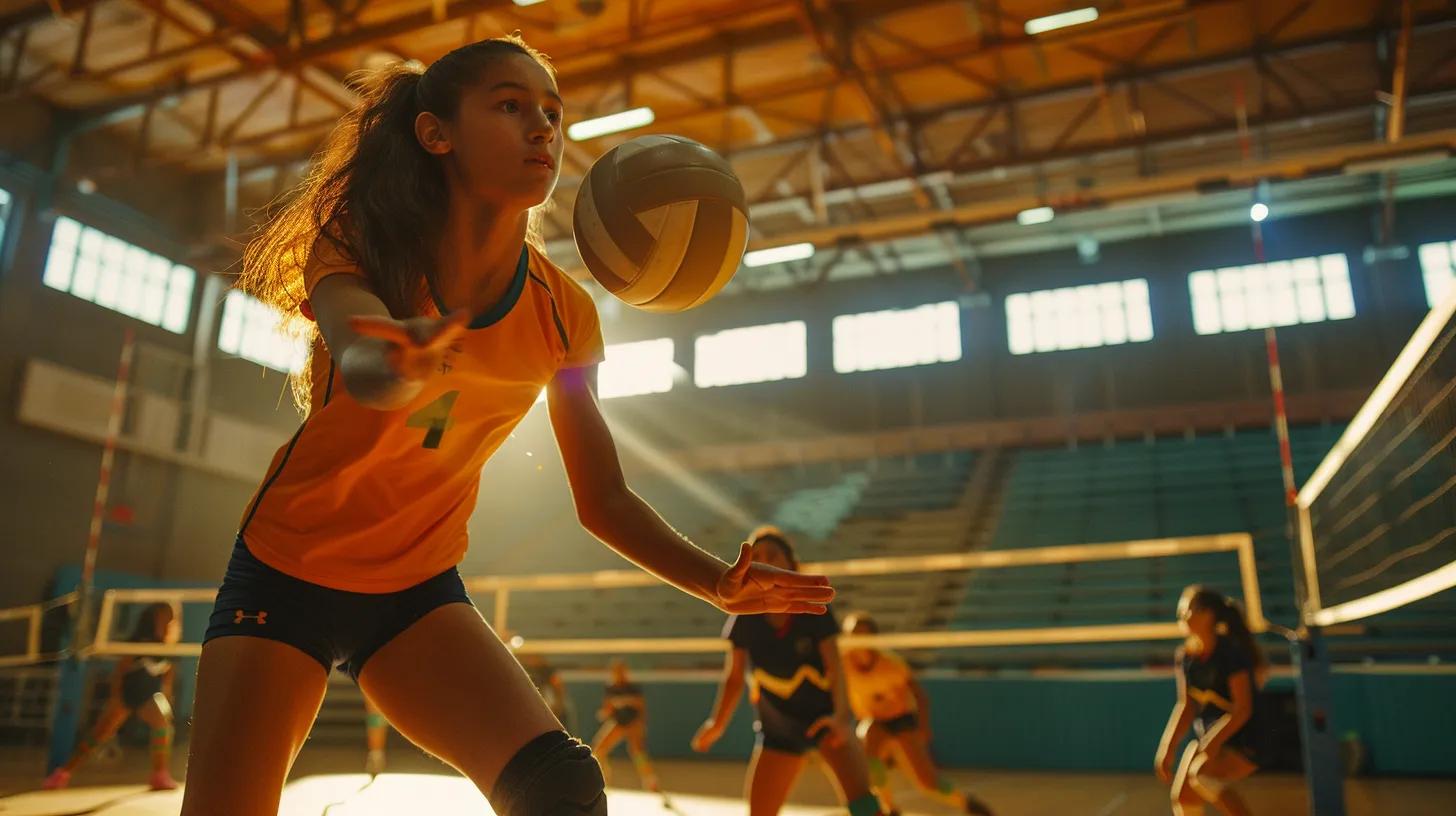
When selecting knee pads for youth and adult volleyball players, several key factors must be considered to ensure optimal protection and comfort. For youth, important considerations include appropriate materials, cushioning, and flexibility. Adults should prioritize durability, advanced padding, and ergonomic design. Proper fit is vital for both demographics, as is the importance of brand reputation and seeking advice from coaches and experienced players for informed choices.
Factors to Consider When Selecting Youth Volleyball Knee Pads
When selecting youth volleyball knee pads, several essential factors should be taken into account to ensure optimal support and protection. First, the material composition plays a crucial role, as lightweight and breathable fabrics enhance comfort during play. Additionally, focusing on the knee pads’ fit is vital; they must be snug enough to stay in place but not so tight that they restrict movement. Involving young athletes in the selection process can also help address their preferences, making them more likely to wear the pads consistently for enhanced safety.
| Factor | Considerations |
|---|---|
| Material Composition | Choose lightweight and breathable fabrics for comfort. |
| Fit | Ensure knee pads are snug without restricting movement. |
| Athlete Involvement | Engage young players in selecting pads to meet their preferences. |
Key Features to Look for in Adult Knee Pads
When selecting adult volleyball knee pads, players should prioritize features such as durability, padding thickness, and ergonomic design. Durable materials ensure knee pads can withstand the rigors of competitive play, while advanced padding provides essential protection against impacts and falls. Additionally, an ergonomic fit enhances comfort and supports natural movement, allowing athletes to perform at their best while minimizing the risk of injury during intense gameplay.
Tips for Ensuring Proper Fit for Both Youth and Adults
Ensuring a proper fit for volleyball knee pads is essential for both youth and adult athletes to maximize safety and performance. For youth players, parents should measure their child’s knee circumference and consult size charts provided by manufacturers to select appropriate sizes that allow for both snugness and mobility. Adults can benefit from trying on knee pads in-store or checking return policies when purchasing online to guarantee a suitable fit, as well as prioritizing adjustable straps or elastic materials that cater to individual body shapes. These steps help optimize comfort and keep athletes focused on their game rather than adjusting ill-fitting gear during play.
The Role of Brand Reputation in Choosing Knee Pads
Brand reputation plays a significant role in the selection of volleyball knee pads, influencing both parents and players when making purchasing decisions. Established brands are often associated with higher quality materials and reliable protection, providing peace of mind to consumers who prioritize safety and performance. Additionally, well-regarded brands frequently invest in research and development to enhance their products, ensuring that players receive knee pads tailored to their evolving needs.
| Factor | Brand Reputation Impact |
|---|---|
| Consumer Trust | Established brands build trust through consistent performance. |
| Product Quality | High-quality materials are often prioritized by reputable manufacturers. |
| Innovation | Leading brands invest in R&D for better protection and comfort. |
Seeking Guidance From Coaches and Experienced Players
Coaches and experienced players serve as valuable resources when selecting the appropriate knee pads for both youth and adult volleyball athletes. Their practical insights can provide guidance on the durability, fit, and comfort of various brands and models, ensuring that players make informed choices that enhance performance and safety. Engaging in discussions with these knowledgeable individuals can help athletes understand the unique requirements specific to their playing level, leading to better equipment choices that align with their needs.
Choosing the right knee pads is only the beginning. Next, answers to common questions will guide players in making informed choices.
Frequently Asked Questions About Volleyball Knee Pads
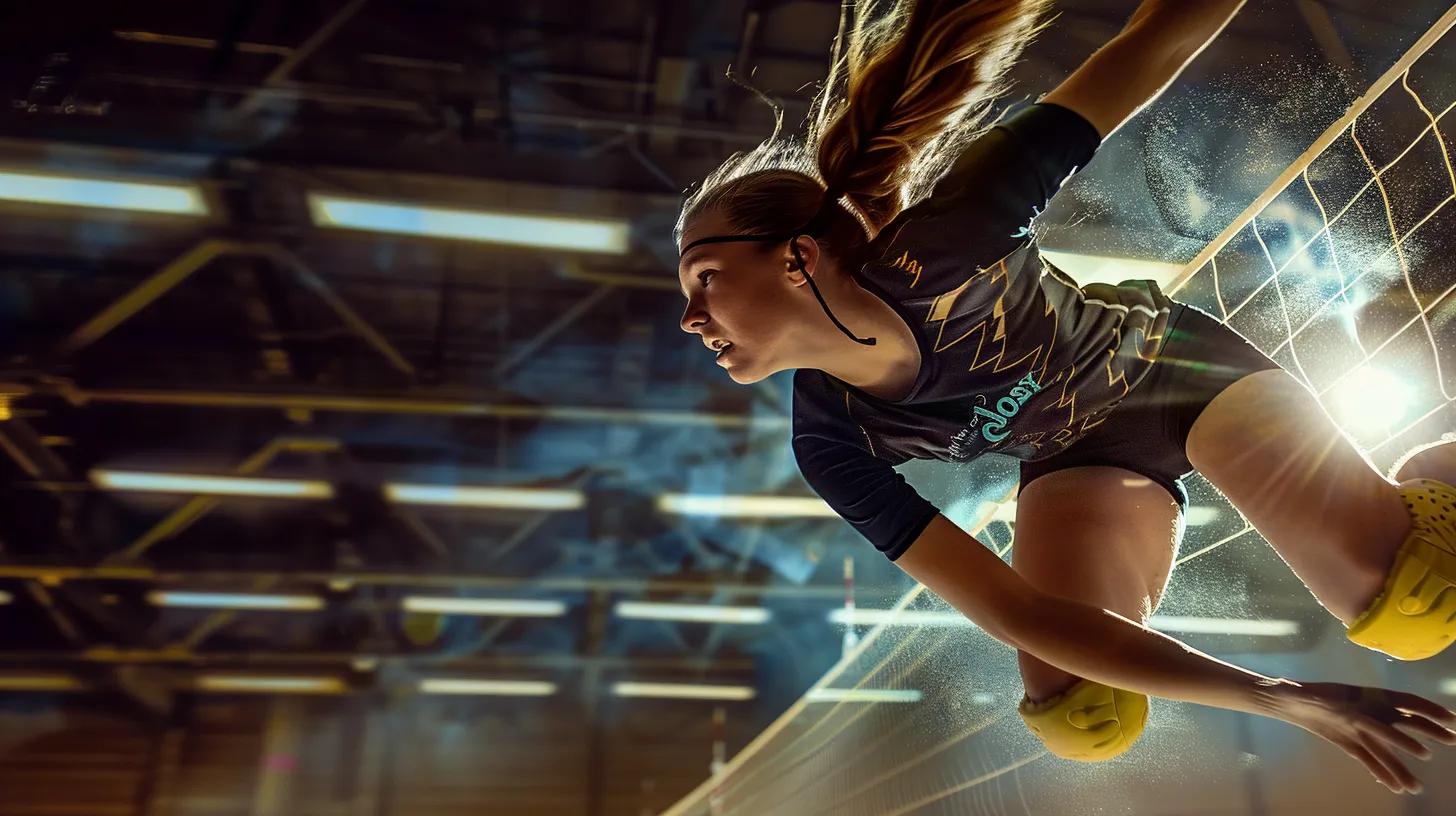
This section addresses frequently asked questions regarding volleyball knee pads, clarifying common misconceptions about youth knee pads and detailing replacement frequency for optimal safety. It identifies signs of wear and tear, provides care instructions to prolong their lifespan, and discusses the ideal age to transition from youth to adult knee pads. These insights are crucial for maintaining the effectiveness and safety of knee pads for players of all ages.
What Are the Common Misconceptions About Knee Pads for Youth?
Common misconceptions regarding youth volleyball knee pads often stem from a lack of understanding of their specific design and purpose. Many people believe that youth knee pads simply mimic adult models, overlooking the fact that these protective gear items are tailored with lighter materials to provide adequate protection without restricting movement. Furthermore, it is a frequent misunderstanding that all knee pads offer the same level of safety; however, youth pads are designed with softer padding that effectively cushions against common impacts faced by young players during practice and competition, thereby ensuring their continued engagement in the sport.
How Often Should Knee Pads Be Replaced for Optimal Safety?
Replacing volleyball knee pads regularly is essential for maintaining optimal safety during play. Signs of wear, such as flattened padding or visible damage, indicate that the knee pads may no longer provide adequate protection, which can increase the risk of injury. Athletes should consider replacing youth knee pads every six months to a year, while adult knee pads may last longer, depending on usage intensity and material durability. Regular inspections and timely replacements ensure that players can focus on their performance without the worry of inadequate protection.
What Are the Signs of Wear and Tear in Knee Pads?
Identifying signs of wear and tear in volleyball knee pads is vital for maintaining player safety and performance. Common indicators include flattened padding, which reduces shock absorption, and visible damage such as tears or holes that compromise structural integrity. Athletes should regularly inspect their knee pads for these signs, as using worn-out equipment can increase the risk of injury during both youth and adult play.
How to Properly Care for Volleyball Knee Pads?
Proper care for volleyball knee pads is essential to maintain their functionality and extend their lifespan. Regularly cleaning the pads according to the manufacturer’s instructions prevents the buildup of dirt and sweat, which can degrade materials over time. Furthermore, allowing knee pads to air dry after use helps preserve their shape and performance, minimizing the risk of unpleasant odors and potential damage from moisture:
- Clean according to the manufacturer’s instructions to maintain material integrity.
- Air dry after use to preserve shape and minimize odors.
- Inspect regularly for signs of wear to ensure optimal safety.
What Is the Ideal Age to Transition From Youth to Adult Knee Pads?
Transitioning from youth to adult volleyball knee pads typically occurs around the age of 13 to 15, depending on the player’s size and competitive level. As young athletes grow and their gameplay becomes more intense, they require knee pads that offer enhanced protection and durability. Parents and coaches need to monitor a player’s development, ensuring that the chosen equipment supports their evolving needs on the court, particularly as the physical demands of the sport increase.
Knee pads have come a long way. The latest designs promise not just protection, but also enhanced performance on the court.
Exploring New Innovations in Volleyball Knee Pads
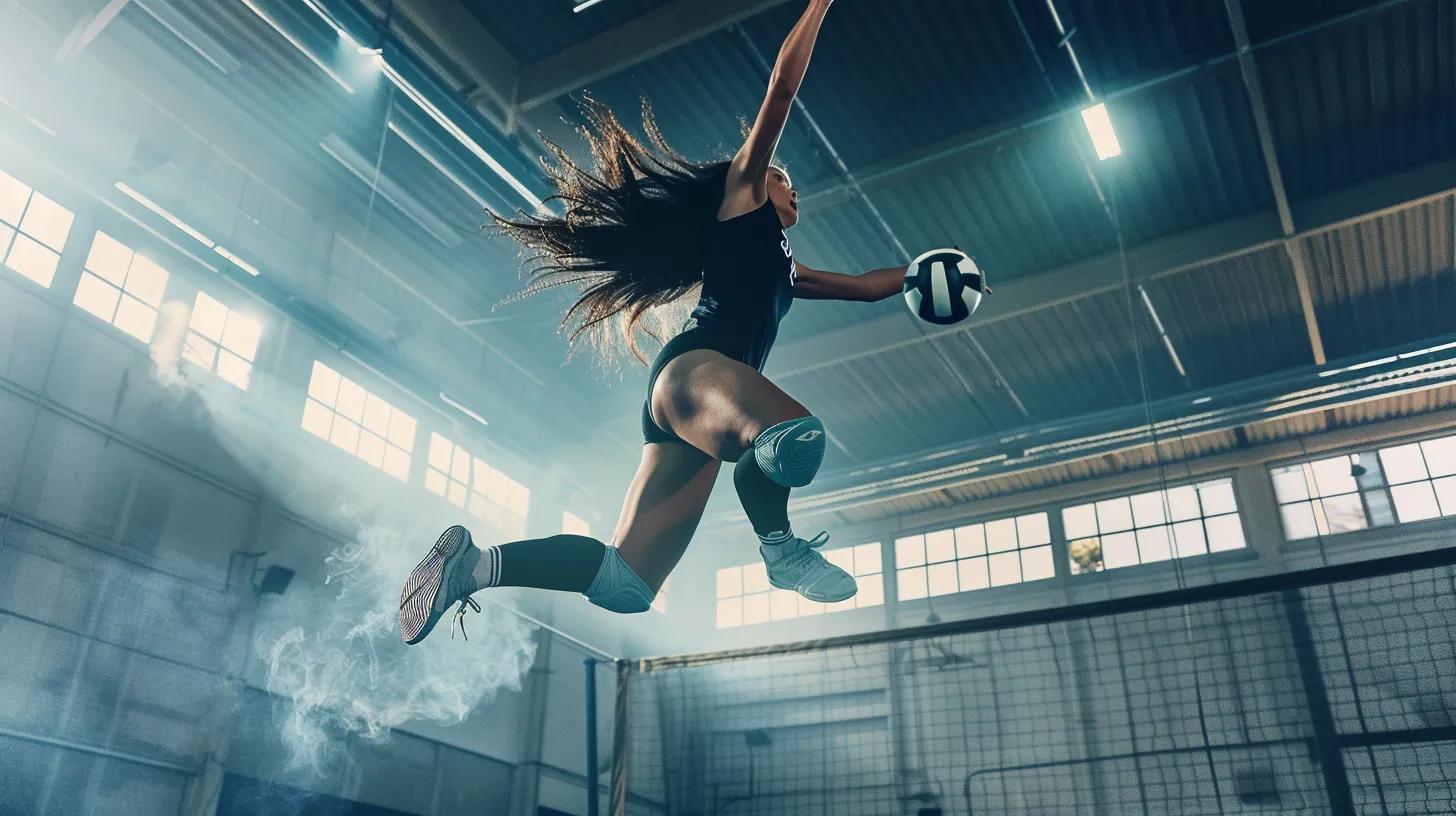
Innovations in volleyball knee pads are transforming the landscape of protective gear for both youth and adult athletes. This section will delve into recent technological advancements, including smart knee pads that offer enhanced functionality. Additionally, sustainability trends in manufacturing practices will be explored, alongside player feedback on new designs. Finally, anticipated future trends in volleyball knee pad development will be discussed, showcasing the ongoing evolution in this essential sporting equipment.
Highlighting Technological Advances in Protective Gear
Recent advancements in volleyball knee pads have introduced innovative technologies aimed at enhancing the protection and performance of athletes, specifically catering to the distinct needs of youth and adult players. For instance, smart knee pads equipped with sensors can track impact force and provide real-time feedback, helping athletes understand their risk of injury during play. These developments represent a significant leap in safety and performance standards for both age groups:
| Innovation | Description |
|---|---|
| Smart Knee Pads | Equipped with sensors to monitor impacts and provide feedback. |
| Adaptive Materials | Use materials that adjust to the intensity of play for optimal protection. |
| Improved Breathability | Advanced fabrics that enhance ventilation to keep players cool. |
Features of Smart Knee Pads and Their Benefits
Smart knee pads represent a significant advancement in volleyball protective gear, integrating technology to enhance player safety and performance. These innovative pads often come equipped with sensors that monitor impact levels, providing real-time feedback to athletes, which can be crucial for preventing injuries. By tracking metrics such as the intensity of impacts, players can make informed decisions about their movements on the court, allowing for safer gameplay and improved overall performance:
- Integration of sensors to monitor and assess impact levels.
- Real-time feedback helps athletes make informed decisions.
- Enhanced safety features promote injury prevention during play.
Sustainability Trends in the Manufacturing of Knee Pads
Recent sustainability trends in the manufacturing of volleyball knee pads have led to a focus on using eco-friendly materials and practices. Many manufacturers are adopting biodegradable fabrics and recycled materials to create more environmentally responsible products. This shift not only addresses the growing environmental concerns among consumers but also aligns with younger athletes’ values, encouraging them to participate in sports responsibly while benefiting from durable and functional protective gear.
| Trend | Description |
|---|---|
| Eco-Friendly Materials | Utilizing biodegradable and recycled fabrics in knee pad manufacturing. |
| Manufacturing Practices | Incorporating sustainable practices to reduce environmental impact. |
| Consumer Awareness | Addressing the environmental concerns of consumers regarding sports equipment. |
Feedback From Players on New Designs and Features
Feedback from players reveals significant insights regarding new volleyball knee pad designs and features. Many athletes appreciate advancements such as enhanced breathability and improved shock absorption, which help maintain performance during rigorous gameplay. Additionally, younger players often express the importance of visually appealing designs, as vibrant colors and modern graphics contribute to their overall enthusiasm and willingness to wear protective gear consistently.
Anticipated Future Trends in Volleyball Knee Pad Development
Anticipated future trends in volleyball knee pad development focus on enhanced functionality and player safety, driven by advancements in technology and material science. Manufacturers are likely to integrate smart features, such as built-in sensors that gauge impact levels and offer real-time feedback, which can greatly aid in injury prevention for both youth and adult athletes. Additionally, there is a growing emphasis on sustainable materials that not only meet performance standards but also address environmental concerns, appealing to the values of today’s conscious consumers.
- Integration of smart features for real-time feedback.
- Focus on injury prevention through technology.
- Development of sustainable and eco-friendly materials.
- Enhanced breathability and comfort for long-lasting wear.
Conclusion
Understanding the differences between youth and adult volleyball knee pads is essential for ensuring optimal protection and performance for players at varying levels. Youth models prioritize lightweight materials and flexibility, catering to the unique needs of developing athletes, while adult pads focus on durability and advanced cushioning to withstand intense gameplay. Proper selection promotes safety and comfort, allowing athletes to concentrate on their game. By making informed choices regarding knee pad options, players and guardians can significantly enhance overall performance and reduce injury risks on the court.
